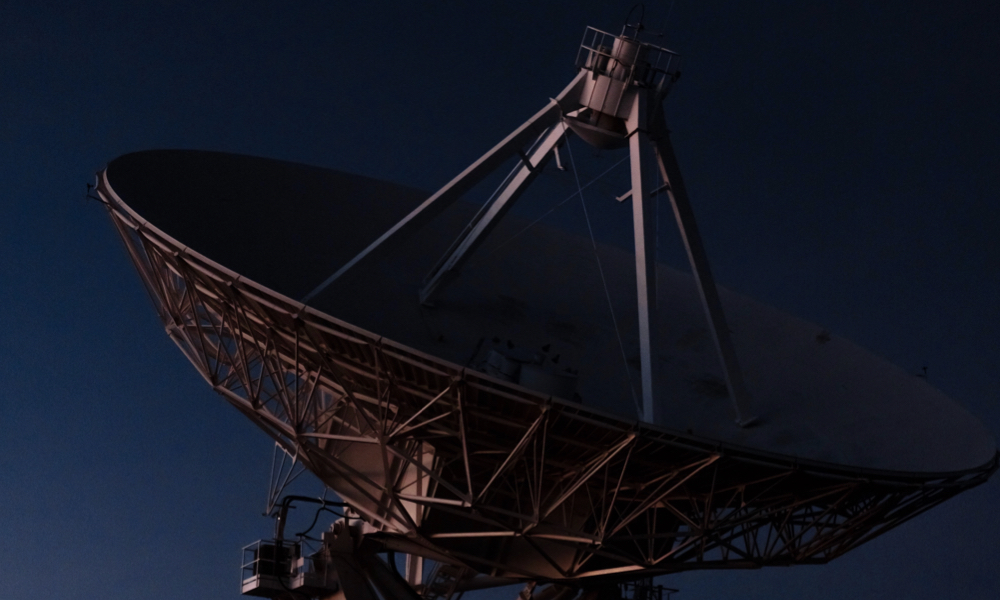
ESA Open Invitation To Tender AO7446
Open Date: 01/03/2013
Closing Date: 10/05/2013
Status: ISSUED
Reference Nr.: 12.1AF.01
Prog. Ref.: ARTES 20
Budget Ref.: E/0520-01A – ARTES 20
Special Prov.: B+F+D+I+NL+E+CH+GB+IRL+A+N+FIN+POR+GR+LUX+CZ+DK+RO+PL
Tender Type: C
Price Range: 200-500 KEURO
Establishment: ESTEC
Directorate: Directorate Telecom & Integrated Applica Department: Integrated & Telecom-related Applica Dep
Division: Awareness Activ & Feasibility Studies Di
Contract Officer: Andrea Dean
Last Update Date: 12/03/2013
Update Reason: Loaded a new Clarification(English version)
The objective of this ARTES 20 feasibility study is to assess the technical feasibility and commercial viability of space-based services to improve situational awareness in the Arctic. The arctic region is a frontier environment for human activities. Pressure isgrowing on the Arctic as an arena for multiple activities, in particular oil & gas, shipping, tourism, search & rescue, telemedicine, mineral extraction, ports & harbours as well as insurance. All these sectors are demanding strongly operational services providing better situational awareness in the Arctic.
The feasibility study is aimed at addressing the following needs expressed by the different user communities: 1. Reliable data provision regarding Arctic conditions and availability of infrastructure, including ice thickness and dynamics, Arctic sea routes, seasonal forecasts, etc. 2. Reliable communication and positioning mechanisms, in particular broadband communications and positioning of ships and helicopters. 3. Monitoring mechanisms assessing the environmental impactof an increase in Arctic operations.
Three space-based capabilities are relevant for integration into the potential services: EarthObservation, Satellite Navigation, and Satellite Communications. -Earth Observation data: for assessment of ice conditions and meteorology / sea-state. -GNSS signals: for tracking of ships and helicopters, and support to search and rescue operations. -Satellite communications, covering the lack of terrestrial infrastructure in many areas, and acting as an enabler of other services (datatransmission, search and rescue, etc). These space capabilities need to be complemented with appropriate cost-effective gap-fillers,for example airplanes/UAVs to cover gaps in Earth Observation data acquisition, radar and meteorological observations for surveillance, etc. The study content will include as tasks: stakeholder / user consolidation, refinement of user requirements, state-of-the-art analysis, service definition, system definition, proof of concept, viability analysis, and implementation roadmap
If you wish to access the documents related to the Invitation to Tender, you have to log in to the ESA portal.
